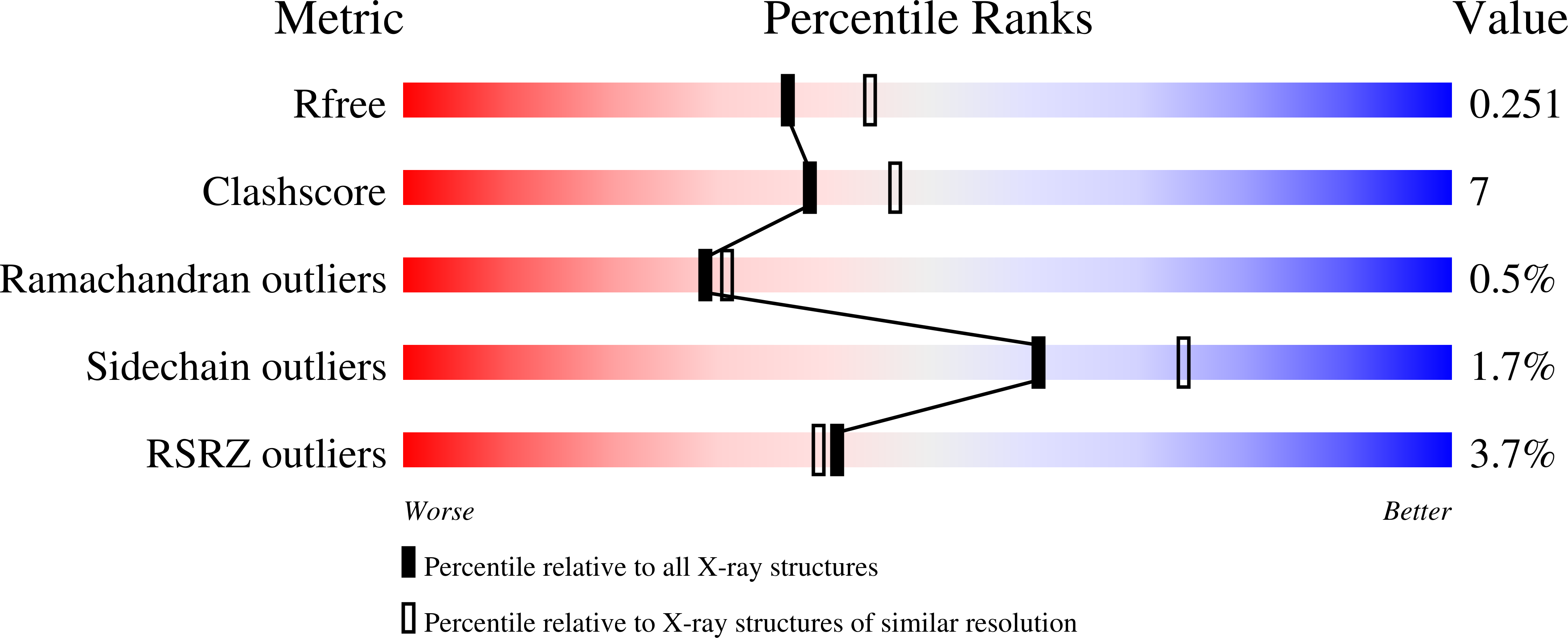
Deposition Date
2008-07-22
Release Date
2009-08-11
Last Version Date
2024-02-21
Entry Detail
PDB ID:
3DWF
Keywords:
Title:
Crystal Structure of the Guinea Pig 11beta-Hydroxysteroid Dehydrogenase Type 1 Mutant F278E
Biological Source:
Source Organism:
Cavia porcellus (Taxon ID: 10141)
Host Organism:
Method Details:
Experimental Method:
Resolution:
2.20 Å
R-Value Free:
0.25
R-Value Work:
0.20
Space Group:
P 21 21 21


